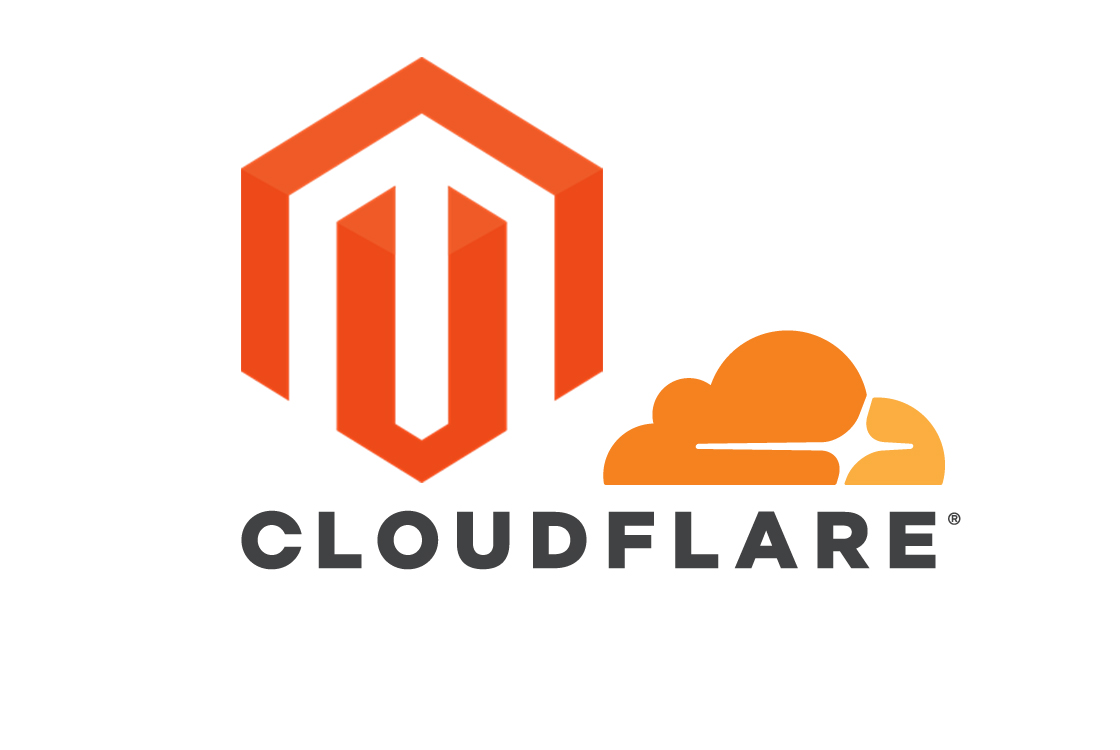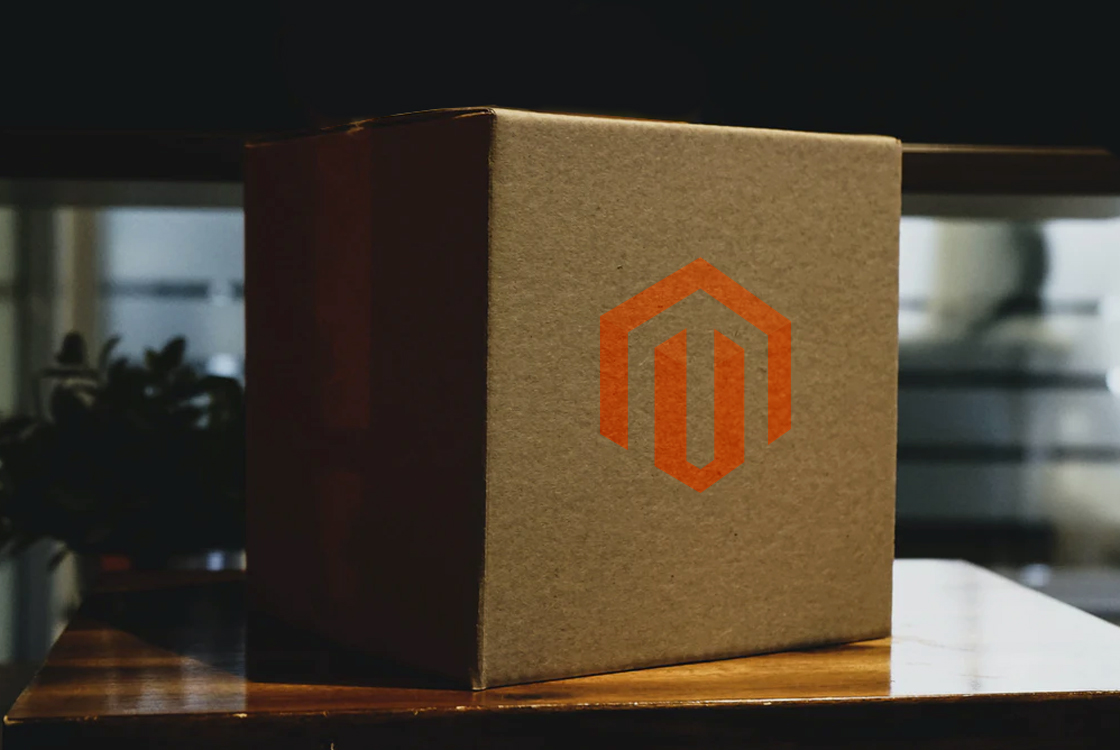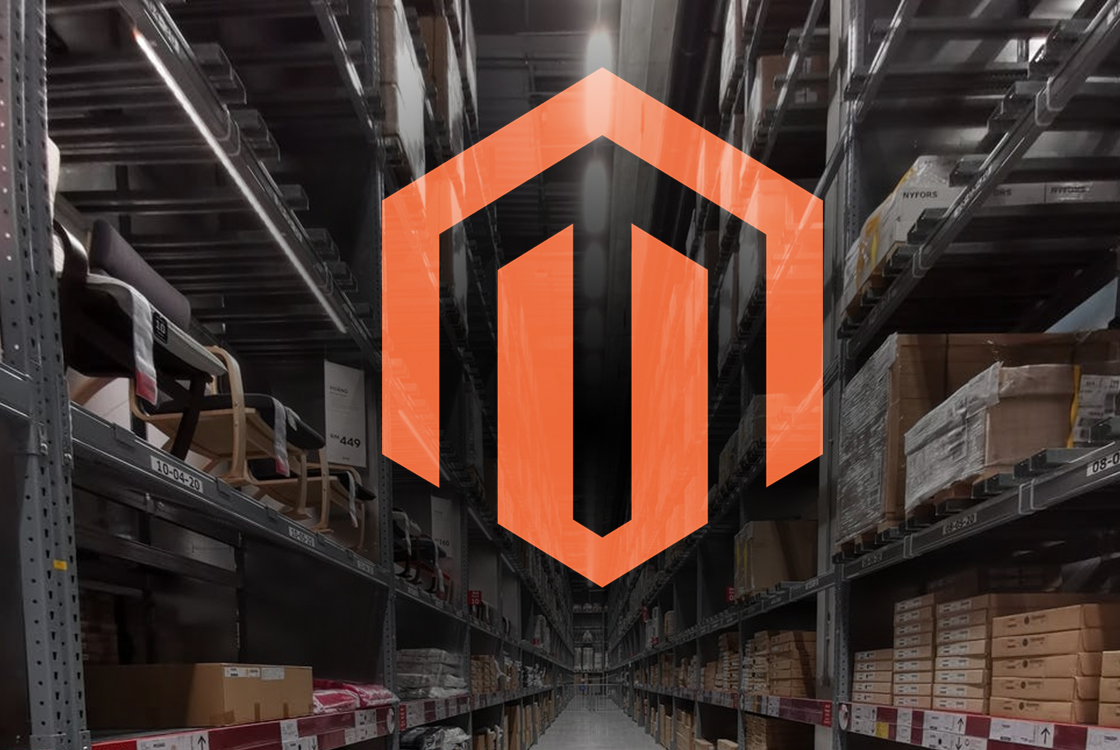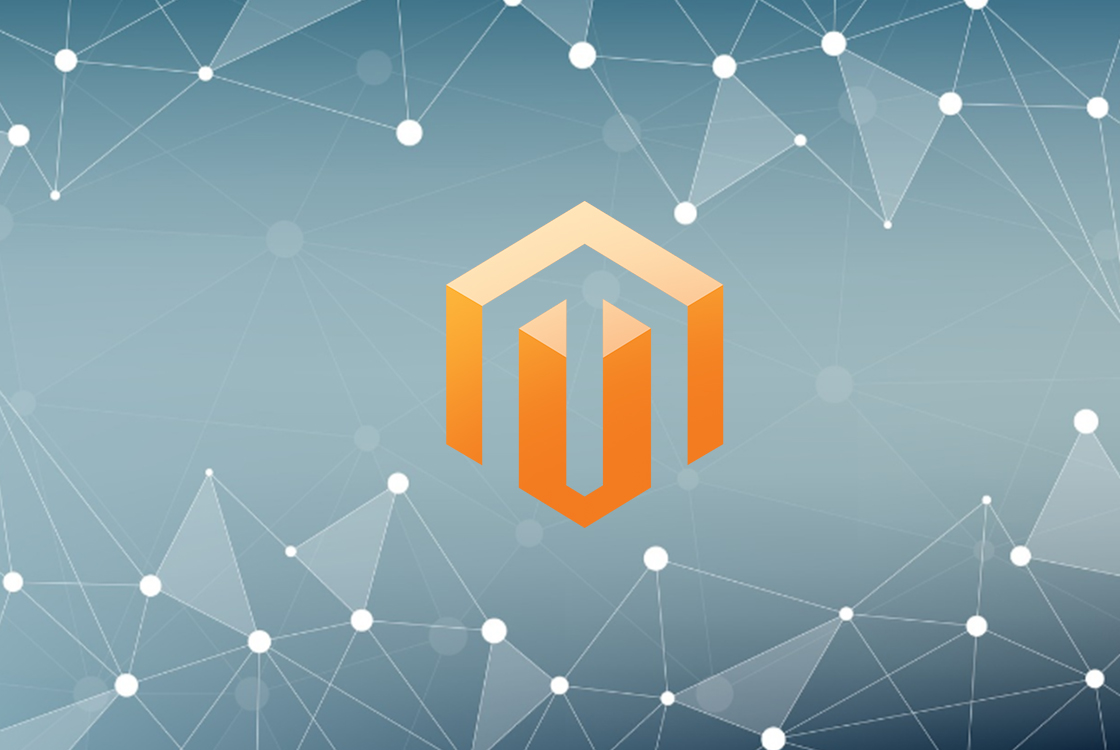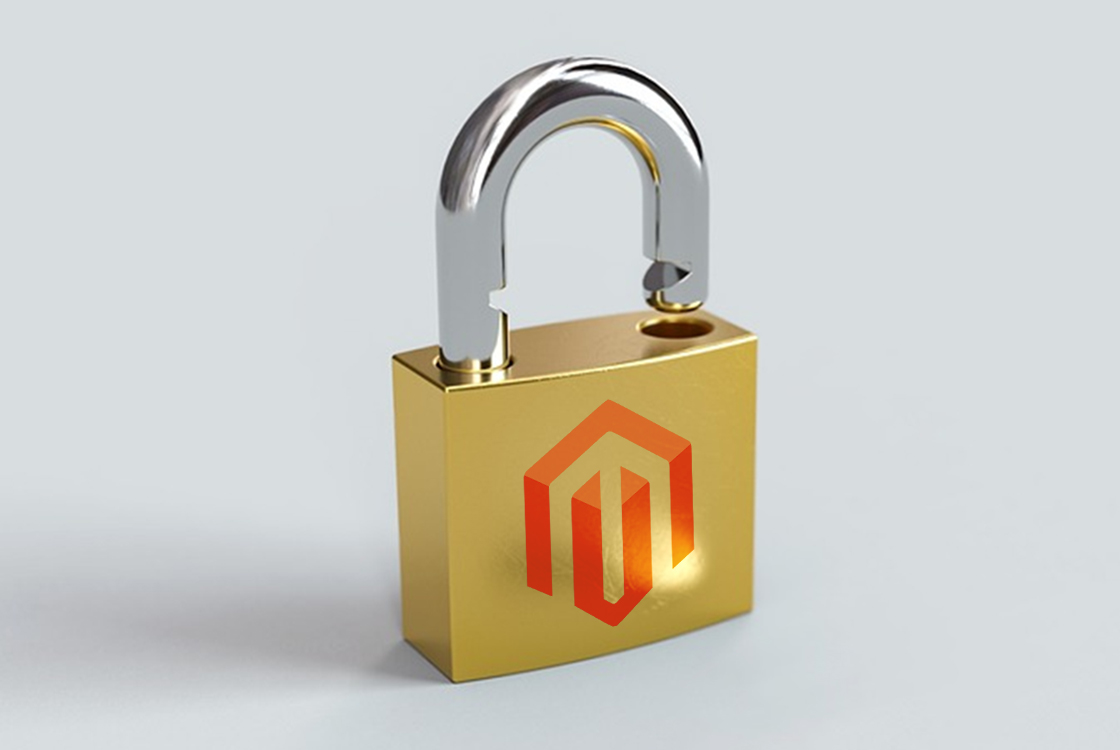Cloudflare Caching and Protection with Magento 2
If you own or operate a Magento 2 eCommerce site, you almost certainly have spent time trying to improve performance and load speed. Magento 2 is a powerful eCommerce solution, but it is also complex and resource intensive, even on a “vanilla” installation. You can get a powerhouse web host, enable multiple levels of front-end and back-end caching, and integrate powerful search tools to try to improve performance. Those efforts will get you much of the way there, but not all the way.

